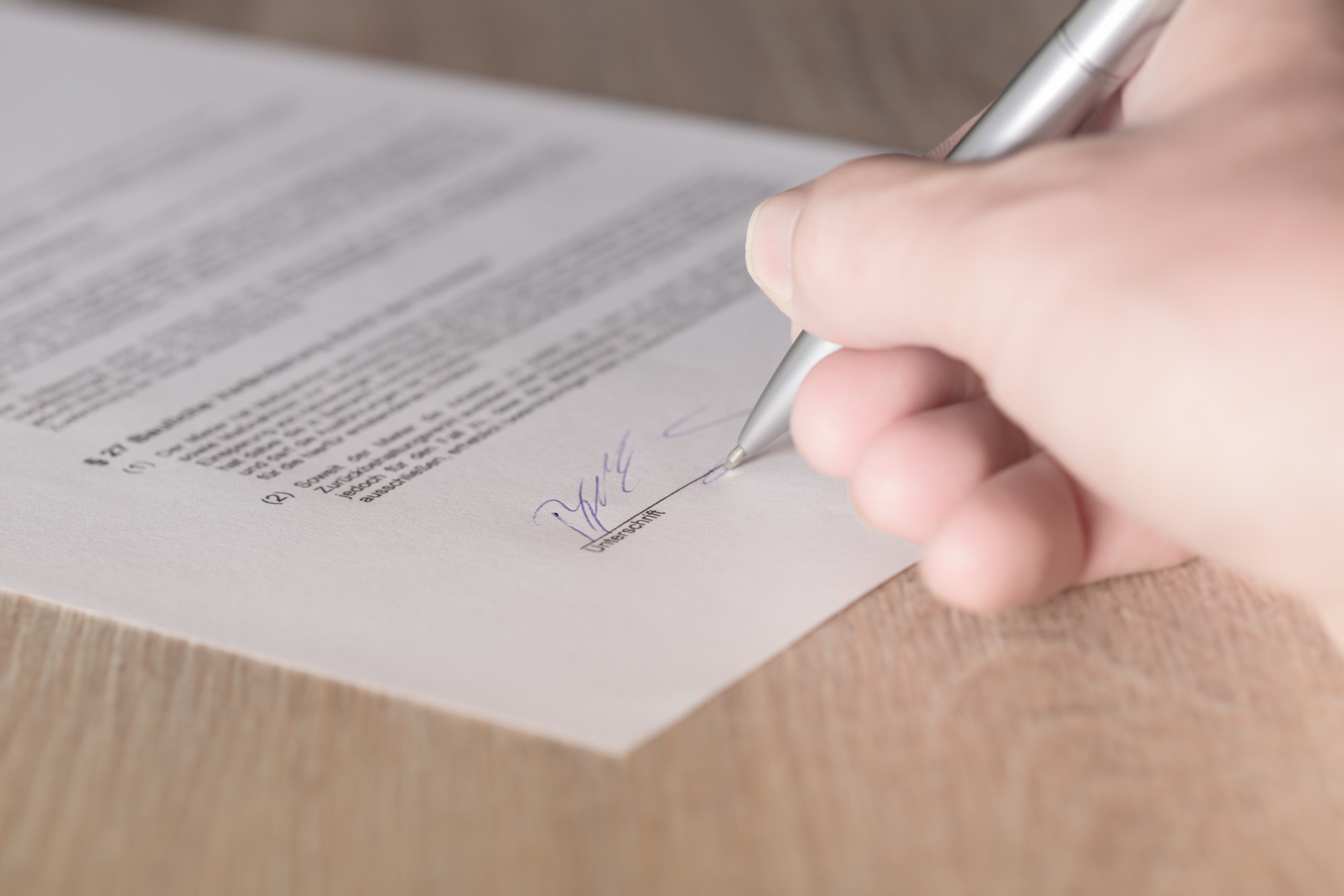Have you come up with the next big idea? Are you afraid of having it stolen? Or of a competitor trying to make a deal that’s unfair to you?
Follow a mutual non disclosure agreement to protect your interests. That way, your ideas, and research findings are safe even during negotiations.
In this post, we give you an overview of mutual NDAs. We also share some need-to-know details and negotiating tips.
That way, you can protect your interests and save time and money. Read on!
Contents
- 1 What Is a Mutual Non Disclosure Agreement?
- 2 Crafting the Details of an NDA
- 3 Defining the Scope of the NDA
- 4 Knowing the Purpose of the Confidentiality Clauses
- 5 Addressing Pitfalls of Unwritten Agreements
- 6 Ensuring Effective Enforcement of the NDA
- 7 Resolving Disagreements and Finalizing the Agreement
- 8 Implementing and Monitoring the NDA
- 9 Learn More About Mutual Non Disclosure Agreement Today
What Is a Mutual Non Disclosure Agreement?
A Mutual Non Disclosure Agreement (MNDA) is a legally binding contract between two parties. It sets out the confidential information that each party will exchange.
Generally, the parties agree to not share or use any confidential information gained with third parties. And also for any purpose other than the purpose of the contract.
Crafting the Details of an NDA
The most important step in negotiating a Mutual NDA is to spell out the details clearly within the document. It is vital to make sure all parties agree on the terms before signing.
Every NDA should at least identify the specific confidential information that needs to be protected from disclosure. It is along with the specifics of how that information is effectively handled and shared between the parties. These details may include:
- Sponsor name
- Confidential communication methods
- Duration of information confidentiality
- Return or destruction of confidential information
- Marking confidentiality of documents
A good NDA should also establish legal protection for the parties involved, including:
- Determining disclosure and non-disclosure limitations
- Potential remedies for any breach of confidentiality
It’s also important to include a clause about the termination of the NDA so that both parties are aware of the conditions and duration of the agreement. Crafting the details of an NDA is a necessary step in protecting confidential information.
Defining the Scope of the NDA
When negotiating, it is essential to define the scope of the NDA. In order to do this, parties need to identify upfront what information is confidential and what is to be typically protected by the agreement.
This should include a list of specific documents and information that is protected. The scope should also take into account the parties’ future business activities and potential issues. This includes addressing how the parties might use confidential information shared by the other, such as for future clients and partners.
Finally, parties should include a timeline for when the NDA will end. It also includes how confidential information can be terminated, such as through a written notice upon expiration.
Knowing the Purpose of the Confidentiality Clauses
Knowing the purpose of confidentiality is key in establishing an agreement that suits both parties’ needs and is binding. When approaching the topic, be sure to familiarize yourself with the following:
- The relevant laws
- The purpose behind
- The agreement
- The party’s needs
Additionally, be aware of potential risks the parties may face when disclosing information and keep these in mind during discussions.
During the negotiation phase, discuss and agree upon terms and conditions, review the aspects of the information to be disclosed, and ensure that the agreement properly reflects each party’s understanding.
At the end of the process, create a clear and unambiguous NDA that both parties can review, approve, and sign. Following this process should result in a mutually beneficial agreement that meets the needs of both parties and adheres to all relevant legal guidelines.
Addressing Pitfalls of Unwritten Agreements
When negotiating a mutual non-disclosure agreement, it is important to address the pitfalls of unwritten agreements. For example, take the time to draft a legal document that outlines what each party expects from the relationship, setting the expectations for disclosure and terms of the relationship.
Additionally, parties must agree to refer any disputes to an arbitrator, protecting each party’s ability to maintain their own policies and regulations.
Ensuring Effective Enforcement of the NDA
Ensuring effective enforcement of a mutual non disclosure agreement (NDA) starts with a well-crafted legal document. It should provide clear language explaining the obligations of each side and knowing the key provisions include:
- Specific provisions about the delivery
- Maintenance
- Inspection,
- Control of confidential information
- Remedies
- Liability Limitations
- Indemnification
- Dispute resolution
Finally, both parties should take reasonable steps to ensure compliance with the NDA. This includes documenting any changes in company structure, personnel, ownership, or other relevant information that might impact a party’s ability to perform the NDA.
By following these steps, parties can ensure effective enforcement of their NDA.
Resolving Disagreements and Finalizing the Agreement
Disagreements should be effectively addressed and resolved as soon as possible. This could involve simply updating the agreement to address either party’s concerns or both parties negotiating until an agreement is reached.
If the two parties cannot come to an agreement, they can always seek outside legal counsel to mediate the dispute. This would help reach a resolution in the fastest way possible while still ensuring that both parties adhere to the terms of the NDA Agreement.
In the end, both parties should be satisfied and willing to sign the agreement to show their commitment. By finalizing the NDA Agreement, both parties can move forward knowing exactly what is expected of them and what they can expect from the other party.
Implementing and Monitoring the NDA
After the terms are both agreed upon, commercial contract lawyers will be able to provide a copy of the signed NDA.
After it is signed, they should implement the monitoring processes to ensure that all terms and conditions of the agreement are effectively enforced. This may include
- Periodic audits
- Reviews of the other parties’ operation
Both parties will also need to actively monitor the progress and performance of their compliance to ensure that all the agreed-upon terms and conditions are being met.
The monitoring processes should continue even after the agreement ends if there is a need to. If any breaches of the agreement are found, both parties must take appropriate action as soon as possible.
Learn More About Mutual Non Disclosure Agreement Today
Overall, negotiating a mutual non disclosure agreement can seem intimidating, but with the right guidance and preparation, it can be done successfully.
Get started now by consulting an expert to determine the best approach for you and to understand all the potential variables. Taking the next step will be a beneficial way to protect your company’s secrets and private information!
Did you find this article helpful? Check out the rest of our blogs!



